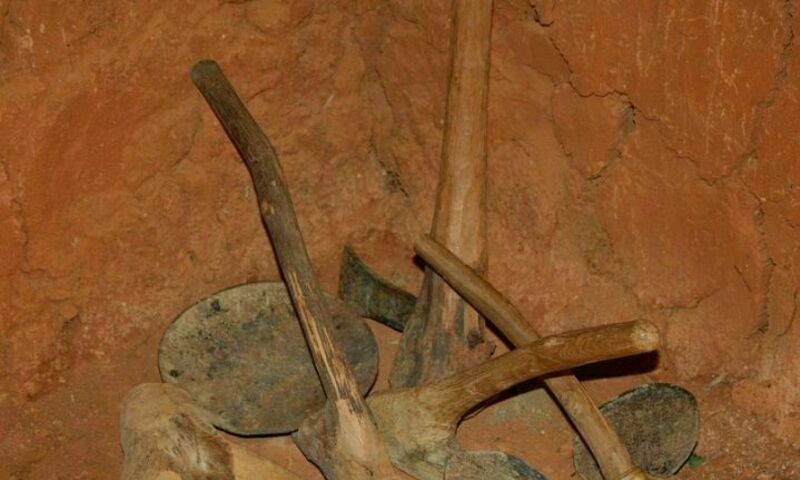In today’s post (part 1), I will try to answer the question of whether Paul literally sewed tents. It turns out that this is a disputed question. In a follow-up post (part 2, which can be read here), I will try to answer the question of whether Paul was a metaphorical tentmaker, that is, whether he worked with his hands to pay his own way, or whether he received financial support for his missionary work. This also is disputed.
So, did Paul sew literal tents? Was Paul literally a tentmaker?
The entire question hinges upon the meaning of the Greek word σκηνοποιός, which is found in its plural form in Acts 18, “And he [Paul] found a Jew named Aquila … with his wife Priscilla … And he went to see them, and because he was of the same trade he stayed with them and worked, for they were tentmakers by trade” (Acts 18:2-3, ESV, italics mine).
If you divide the Greek word σκηνοποιός into two parts, it ends up as “tent” + “maker.” That would seem to answer our question, wouldn’t it? But words don’t mean what they mean because of their constituent parts; rather, words mean what they mean because of how they get used. (Think only of the word “butterfly,” which has nothing to do with butter.) Not all modern interpreters agree that the word σκηνοποιός was applied merely to making tents in the first century, though some still do. Furthermore, the only question is not what Paul made, there is the question of what materials Paul worked with, including possibly leather (which some early church interpreters seemed to think) or goat hair (which was associated with Cilicia, the region where Paul grew up), or some other materials.
Since Paul probably could only cart a few small tools with him in his travel bag, it might be best to view him as a general fix-it person who focused on working with textiles along with other materials. He probably didn’t try to set up a full-fledged shop, which would have pinned him down (excuse the pun), required too many tools and supplies to carry around from city to city, and might have been perceived by local trade guilds as an attempt to infringe on their territory — and trade guilds were known for being territorial. The only exception to this on-the-ground jack-of-all-textiles scenario would have occurred when Paul worked alongside other more-established artisans such as Aquila and Priscilla who apparently had opened a legitimate shop in Corinth. Consequently, we should probably picture Paul as carrying just enough tools and supplies in his bag to allow him either to sit on a stool or squat beside a busy street while solving people’s diverse textile or leather problems (whether related to tents, or canopies, or sandals, or whatever came his way), all the while seeking to share the good news about a resurrected Christ with whoever would listen. I doubt that the only thing Paul worked on was tents, though I can’t be sure.
See my follow-up post, which will publish later this week, on the question of whether Paul was a metaphorical tentmaker — that is, whether he supported himself or received outside funds to do his missionary work.
This post and other resources are available at Kindle Afresh: The Blog and Website of Kenneth Berding.
 Biola University
Biola University

.jpg)
.jpg)

